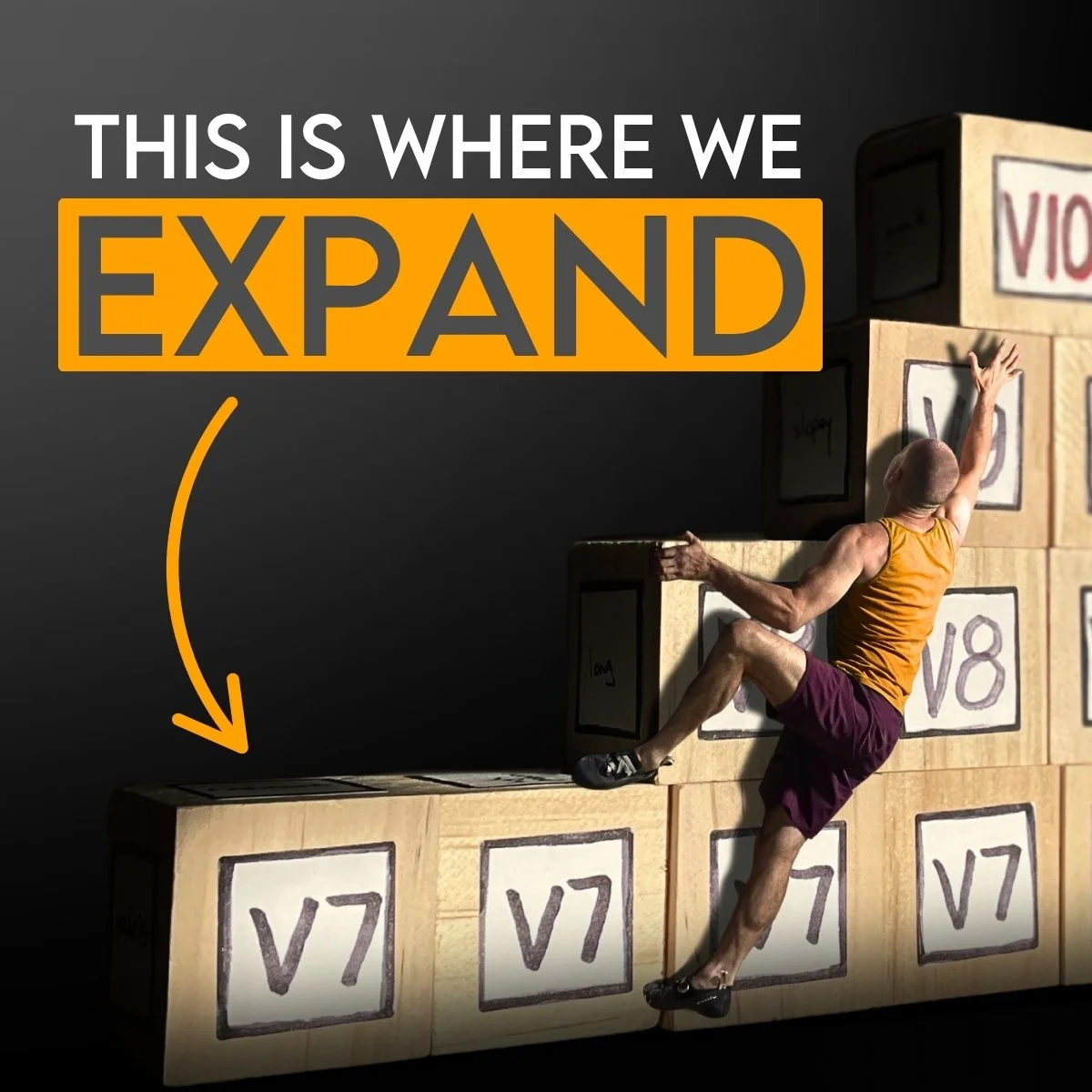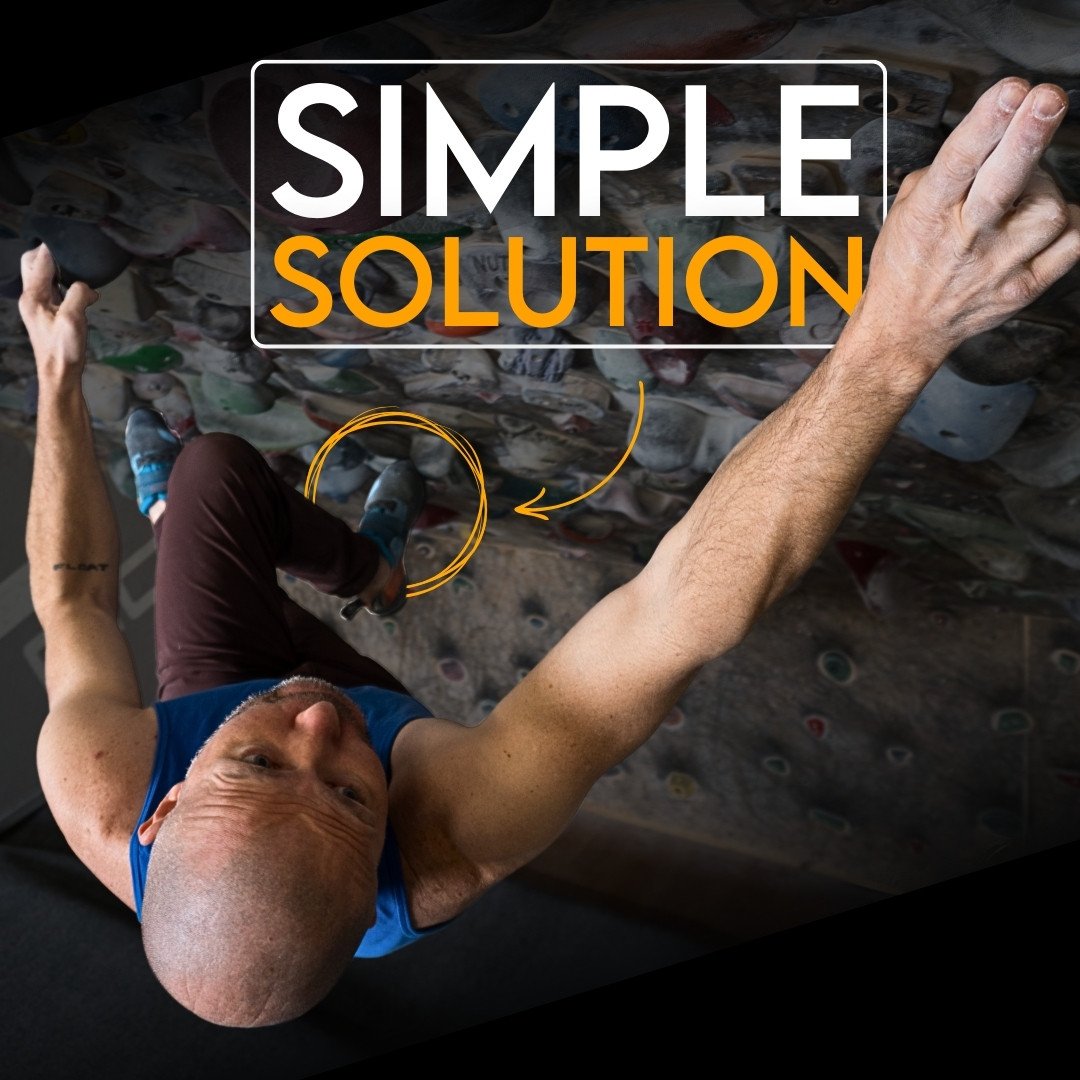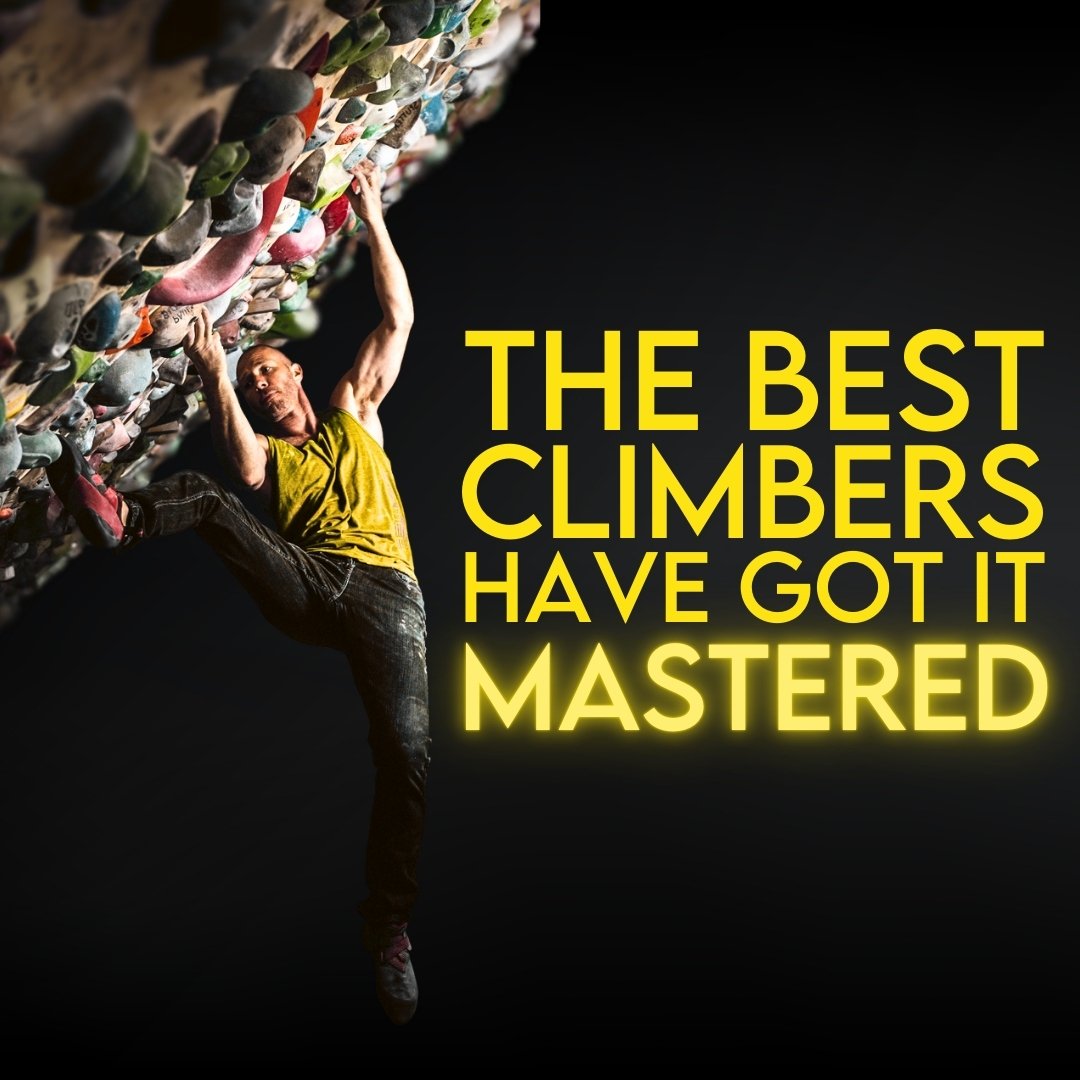Why “Technique” May Not Be The Answer to Better Climbing
Recently I’ve been watching my 19 month old daughter march around the house, getting her knees high and her feet far out in front, high stepping like a drum major. I’m not sure where she got the idea, but she’s gotten pretty good at it. This morning while rooting around in the closet, she found a pair of her mom’s Dansko clog-style shoes and immediately wanted to march in them.
But it wasn’t working.
Her little foot came out every time she lifted her leg. In a matter of 20 seconds or so, she realized that if she just slid her foot forward without raising her leg, she could move and the shoe stayed on. So with me holding her hands, she shuffled around the house like a tiny little great-grandma.
We make up songs for just about every occasion, and for this one we were just singing about shuffling, same as we sing about marching while we’re marching, and then I realized that she found these solutions without having the name for them, and it wasn’t until the song that I told her what this “technique” was called.
One of the refrains I often hear when I’m coaching other coaches is that, “If a climber doesn’t know a technique, we have to tell them about it.”
Well, no, we don’t.
I suspect more than one person did a drop knee or a heel hook long before it was given a universal name. Many years before we referred to it as a “flag”, someone figured out that they could drop one leg, position it such that it pulled their hips and center of gravity just below their hand, and that allowed them to let go with the other hand and not barndoor (another named technique) off the wall. I was bat hanging off of my swingset a decade before I was a climber, and we’ve all seen kids stemming up a doorway. In fact some climbing technique names have evolved entirely independently and are referred to differently in different areas of the country or world. Because before they were a specifically named technique, they were a solution.
We’re confronted with a problem or physical puzzle of some sort, and we develop a solution. It’s only after that we give it a name and it becomes a technique. And don’t get me wrong, I LOVE naming things and having a shared language that we can communicate with. On a few occasions I’ve come up with novel solutions that I’ve never seen before, and I’ve given them names, like the Figure 6 move you can see below.
However, I often hear climbers and coaches tell a struggling climber who is trying to understand how to fit themselves in the space between holds that a particular technique is THE WAY.
“Oh, that’s a textbook drop knee. That’s the way.”
When we do this - put the technique before the solution - we’re discouraging exploration. It might feel like we are providing a solution, and we are providing ONE solution, but we’re also removing many other possible answers to the question, ones we may not have imagined. That orientation of hand and footholds is NOT a drop knee. YOUR solution was a drop knee, but it’s almost guaranteed that there are other ways. In most cases, it’s the exploration of those other possible solutions that makes the better climber, not executing the perfect drop knee this one time.
And we do this over and over. Gaston here. Highstep here. Now bicycle and lockoff. It’s a choreographed dance, and to be honest, I adore this choreographed dance. It’s one of the things I love about climbing. But even more so, I love finding that dance for myself. I love exploring the solution space and finding a way. Then I want to see other ways people have found and try those. It’s incredibly rare that there is one solution to a problem, and I want to COLLECT THEM ALL.
Not to mention, it’s unlikely you understand any given technique outside of a very small window of use cases. If you’re only looking for the opportunity to apply the techniques you understand, how you understand using them, you’ll miss learning opportunities every time you go climbing. Thinking first about which technique fits, rather than what are the possible solutions, can narrow our possible solutions. Being told which technique fits, even more so.
On this matter, the research is fairly clear. When facing a problem, if a person is given the solution by a coach, their immediate performance is generally improved. But the lesson isn’t sticky. When facing a similar problem, they are less likely to find the solution on their own.
However, when gently guided by a coach into finding the solution on their own, their performance in that moment will suffer, but they learn the solution in a way that allows them to find it faster in the future.
In my Coaching for Mastery course as well as in the TAPED TIPS episode When Beta Isn’t Better, I suggest that coaches (and climbing partners) need to change how they cue their athletes based on the situation. Is performance in this moment more important, or is long-term learning the better outcome? Removed from context, one isn’t inherently better than the other, so the answer will always be, “it depends.”
But consider this scenario:
You are bouldering with a group of friends who are a grade or two below the level at which you’re climbing. You take them to a problem that you’ve already done. You know the solution that works for you. They struggle on it for awhile, getting close, making progress, and spirits are high even though no sends have come. Yet.
What do you do?
Most of us want to see our friends succeed and then collectively we all move on to the next thing, so we give the beta. Our friends send and everyone is happy. Their performance was improved. No downside, right?
But there’s something we aren’t taking into account here. If we allow our friends to continue struggling to solve the puzzle, it’s entirely possible that someone will come up with a solution that was different than what you did. And that provides YOU with an opportunity to learn. To see with new eyes, and then to explore that solution for yourself and marvel at the fact that it works. This way, EVERYONE gets to learn.
And don’t get me wrong here. I’m not saying you should stand there with your arms crossed offering no feedback at all.
It’s possible to share beta and promote learning.
Whether you’re a coach working with athletes, or a climber who just loves the projecting process with your friends, this doesn’t need to become an anti-social affair. It’s quite the opposite actually. Just like any other good discussion, listening, asking questions and co-exploring will often be better than the giving of answers.
In the scenario above, what if you had just asked some questions? Something as simple as “can you step back and see any other possible ways to do it?” could allow room for creativity to nudge it’s way in. If your solution is a no-hands kneebar that isn’t obvious, asking a series of questions that leads to, “well, if I could let go with both hands I could do this…” might just provide a lightbulb moment.
When coaching, learning to ask those sorts of questions, rather than provide solutions, is going to benefit you and your athletes. But most of us aren’t coaches, though we are often in that role with our climbing partners, and vice versa. In that scenario, there’s a way that’s even more mutually beneficial.
Certainly my favorite way to engage in a learning session is to explore new beta on something I’ve already done. Not only am I watching the other climbers who are different sizes, have different strengths, and are very often finding ways to do the moves that I never would have seen, I’m actually trying their beta. More than once I’ve asked someone to repeat their beta for me, and they respond with “but you already did it.” I explain I want to be able to do it everyway and I thought their method was interesting. Oftentimes, I have to give a greater effort to get it done their way, but it opens me up to new solutions (and sometimes exposes my own weak links or blind spots). I also try to take a step back and rethink how I could do it. My top grade is around V10/11, so on anything V8 and below, but especially around the V6 level, I nearly always find alternate solutions. Sometimes I end up preferring those solutions or find them easier than my initial inclination, and sometimes I turn a V6 into a V9, with interesting but much harder beta, like the final way I try That Hi Pro Glo in the video below.
That day on Hi Pro Glo, several other climbers started exploring other options as well. Coming up with wild ideas that sometimes worked and sometimes didn’t. Learning. In the most fun way possible. That’s a big win no matter whether you are a coach or a climbing partner.
You can see the same sort of idea in the 2017 Instagram post embedded below, looking at just the crux move of the classic Hueco Tanks V4, T-Bone Shuffle. I flashed the boulder, but knew there must be a better way to do this move. My wife was also interested in doing it, and I knew she’d get frustrated at this big, committing move with a possible weird fall, so I wanted a few options to nudge her toward when she got stuck. So I sat back, imagined several ways to do it, and tried. Some methods didn’t work. Some attempts opened new ideas. And one of the easier methods became my favorite.
Most people would just say that T-Bone Shuffle ends in a throw or a giant lock-off that only tall people can reach. That’s the technique most people use, but it isn’t the only solution. It’s not even the easiest solution. Yes, the arrangement of holds lend themselves to producing a big move, but with a little patience and imagination, we can see that they also lend themselves to a really fun mantle or a modern looking above the head toe hook, both of which shorten the move considerably. Using the mantle beta, the reach is a non-issue for even the smallest of people.
There was a bit of a crowd there the day I made this video, and on several subsequent days while my wife was working on it. Nearly every time I did the mantle, which became my favorite warmup beta, someone much shorter would say, “WHOA. I’ve never looked at it that way. I just thought it was a throw.”
Because that’s what they’d been told. It’s a throw. That’s the way.
I’m not at all saying that we shouldn’t name new techniques or combinations of techniques. I’m not saying that we shouldn’t give beta to our friends or ask for beta while climbing. I’m saying that we have to be a little more discerning about how and when we use these options. We have to take into account what’s best for this particular situation at this particular moment. Are we learning or performing? Both are equally important.





















